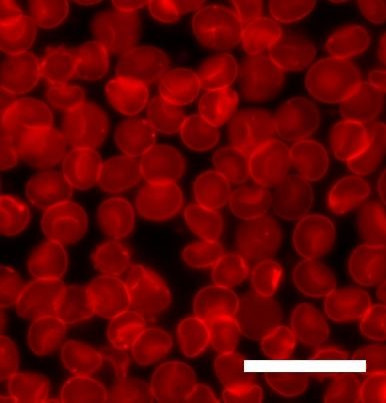Snapping That One In A Million Cancer Cell: UCLA Research

University of California Los Angeles researchers have created the world's fastest camera -- not to capture photo finishes at the Olympics, but to zoom in cancer cells circulating in a person's blood.
Tumor cells that have migrated to the bloodstream are the first step in metastasis, where cancer spreads from one tissue to another. Pinpointing them isn't easy -- the current model has doctors looking for these cells in patients' blood samples using digital cameras attached to microscopes.
So the UCLA team, building upon previous work with high-speed, high-resolution camera technology, built an optical microscope that can pick out one aberrant cell out of a million other cells.
To catch these elusive cells, the camera must be able to capture and digitally process millions of images continuously at a very high frame rate, senior author Bahram Jalali said in a statement Friday.
The system, which the researchers call the Steam flow analyzer, consists of a microfluidic device, a camera and an image processor. The microfluidic device is a channel that controls the flow of the liquid sample so all the cells are moving at the same speed.
While the camera takes images of the cells as they flow by, the processor screens them in real time. And with their new setup, Jalali and his colleagues can screen 100,000 cells per second -- 100 times faster than current equipment.
In their paper, the team describes how they were able to identify breast cancer cells in a blood sample with a false-positive rate of just one cell in a million, suggesting the new equipment could help rapidly detect cancer in the early stages of development.
The microscope can also be used for other kinds of fine resolution detection such as urine analysis or water quality analysis, according to the researchers.
This technology can significantly reduce errors and costs in medical diagnosis, lead author Keisuke Goda said in a statement.
SOURCE: Goda et al. High-throughput single-microparticle imagine flow analyzer. PNAS published online before print 2 July 2012.
© Copyright IBTimes 2024. All rights reserved.





















